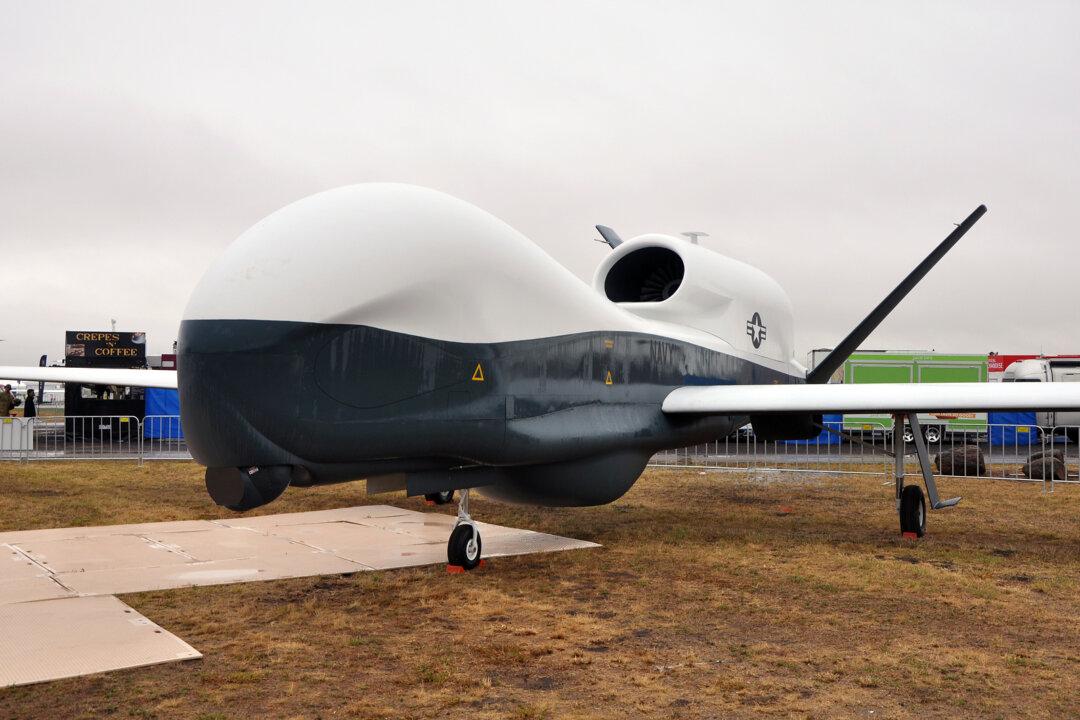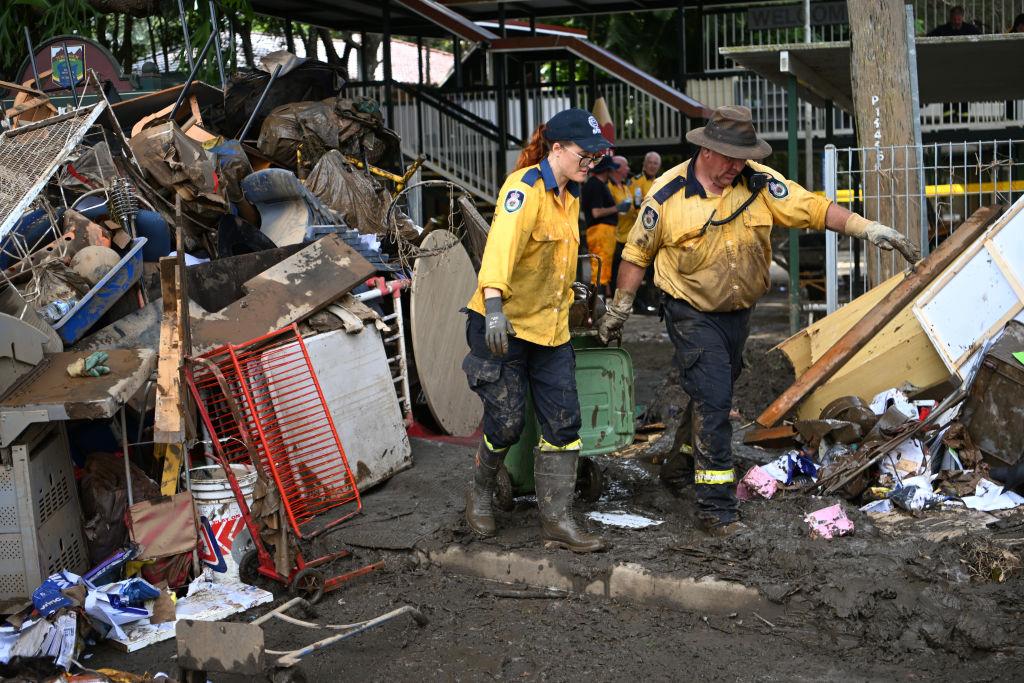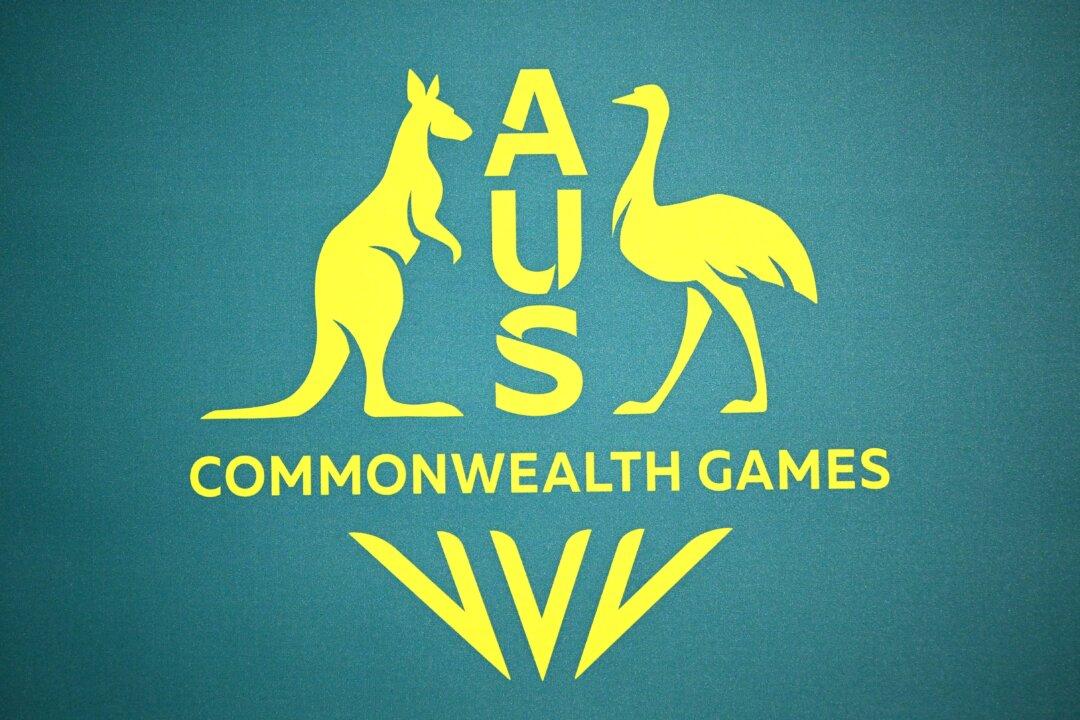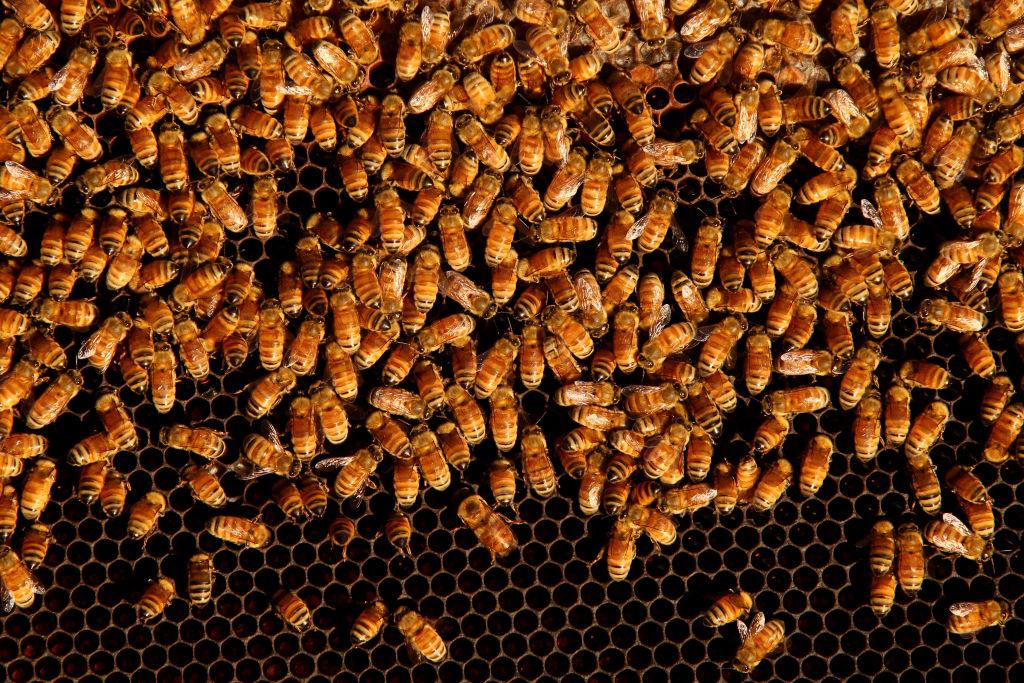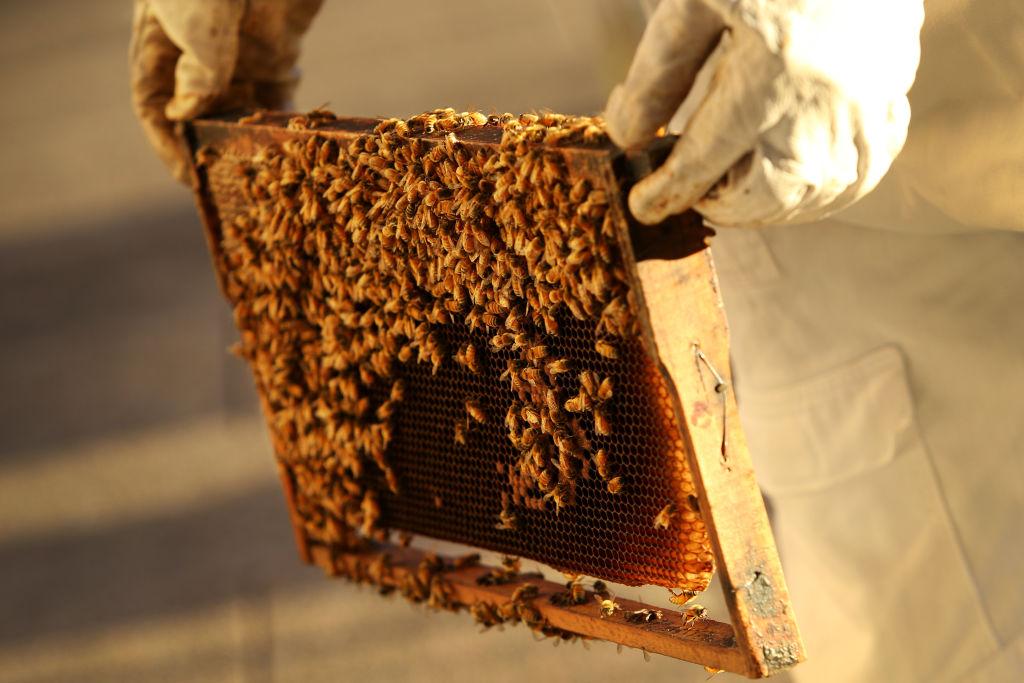A highly reputed air squadron will be brought back to operate high-tech unmanned aircraft and surveil northern waters, the Royal Australian Air Force has announced.
First established in 1939, 9 squadron will take over the operation of the U.S.-built MQ-4C Triton Unmanned Aircraft System (UAS), which will arrive in Australia in mid-2024 and will operate alongside the P-8A Poseidon to replace the AP-3C Orions.
